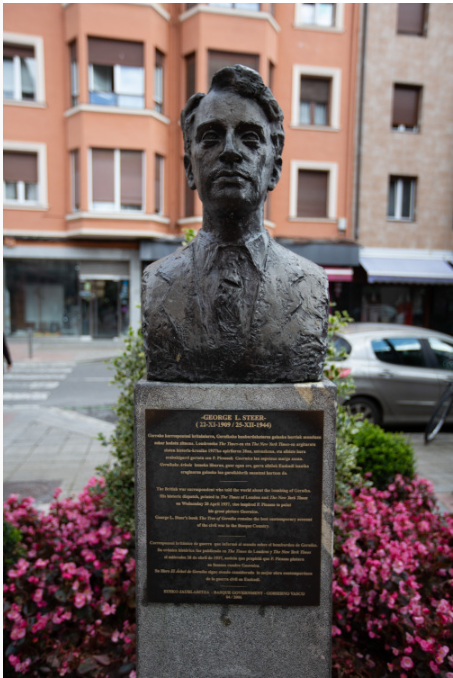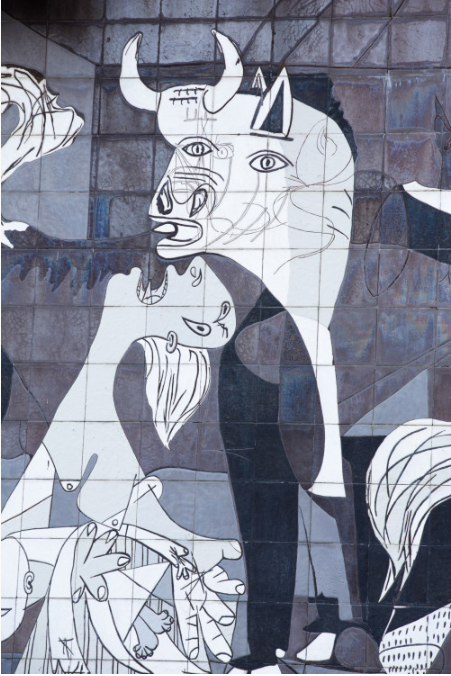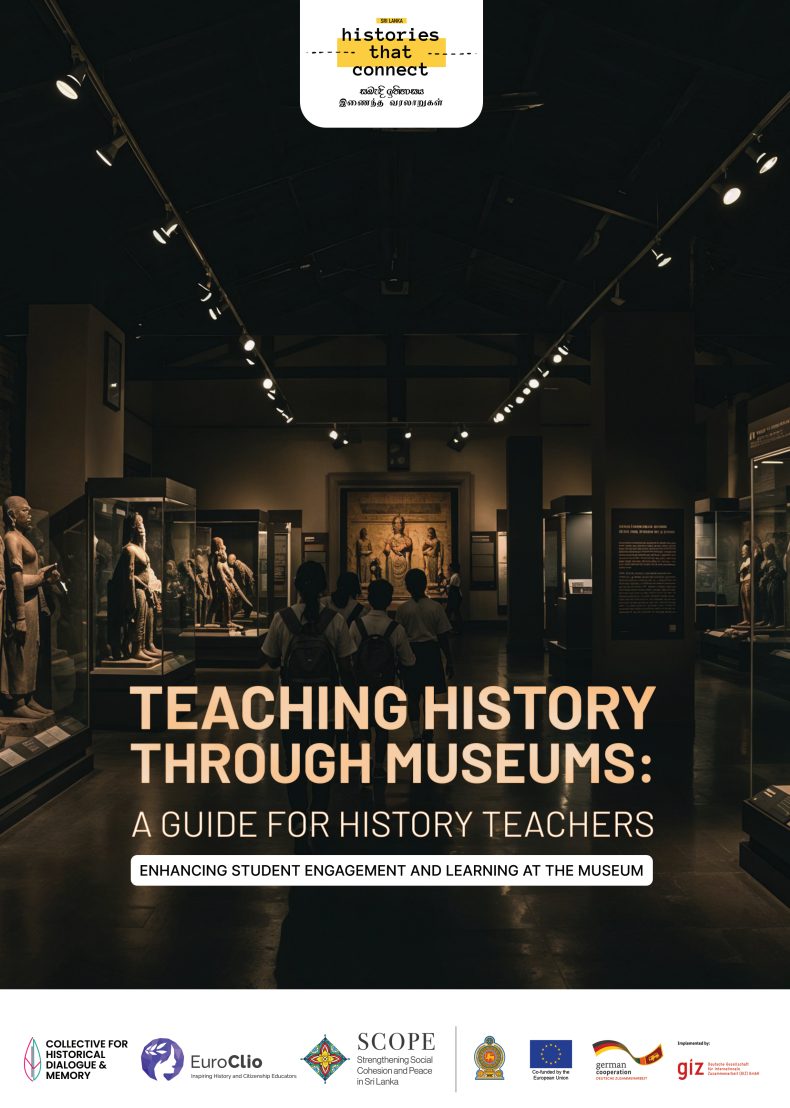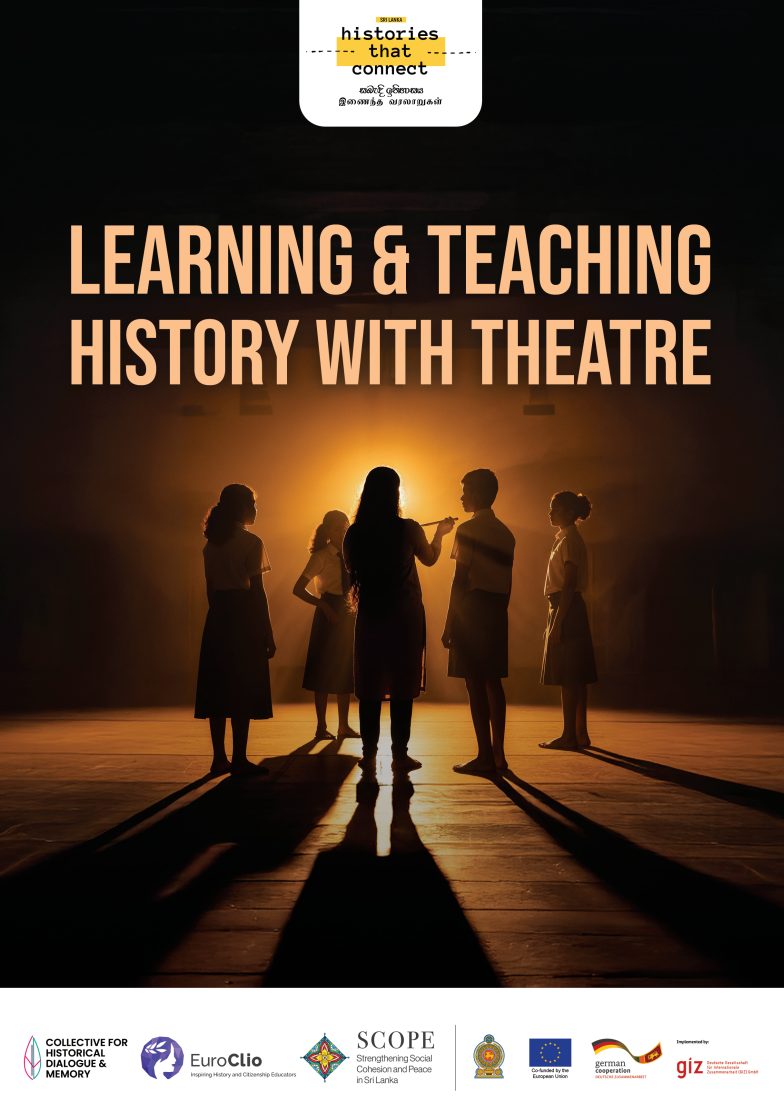Advantages, limitations and lessons learnt
A clear limitation is the time and effort required by teacher and students in organising a visit outside of the school premises. In Spain it is up to the teacher to go out of their way to introduce a visit. For older students approaching their graduation this will often be seen as an unwelcome distraction from the exam preparations. To offer schools, students and teachers unable to organise such a visit an alternative solution, the Museum has published a number of online study materials.
A memory walk requires energy and concentration. The timing of this school trip is important, and in Iratxe Momoitio Astorki’s experience such tours should be avoided around the end of the semester when students may be busy with exams and other activities.
The Museum is working on solutions for students with disabilities. Some of the walks are suitable for students in wheelchairs. A magnetic aid for students who have hearing disabilities is in the making.
Iratxe Momoitio Astorki pointed to an interesting lesson learnt: Due to the relative lack of teaching on the Spanish Civil War in Spain itself, local students frequently arrive with a poor or non-existent understanding of the events that took place in Gernika and in the wider scope of the Civil War. Understanding the level of the student group is therefore essential to a visit and it should not be assumed that being “local” indicates a greater knowledge of events. Another lesson learnt is the importance of tailoring the content to the needs of young people, with increasing focus on audio-visual materials.

The effect of the practice
Students who have joined the tour generally indicate that there was a lot of new information they did not know before. Most students express astonishment that the city was completely destroyed. In this sense, the walking tours and museum exhibits are perhaps most impactful with “local” groups of students who receive little information on the period and the bombing of Gernika in their formal schooling. Testimonials of survivors are among the elements that give students a lasting memory and appreciation for the events.
Additional Resources / Similar Institutions of the area:






